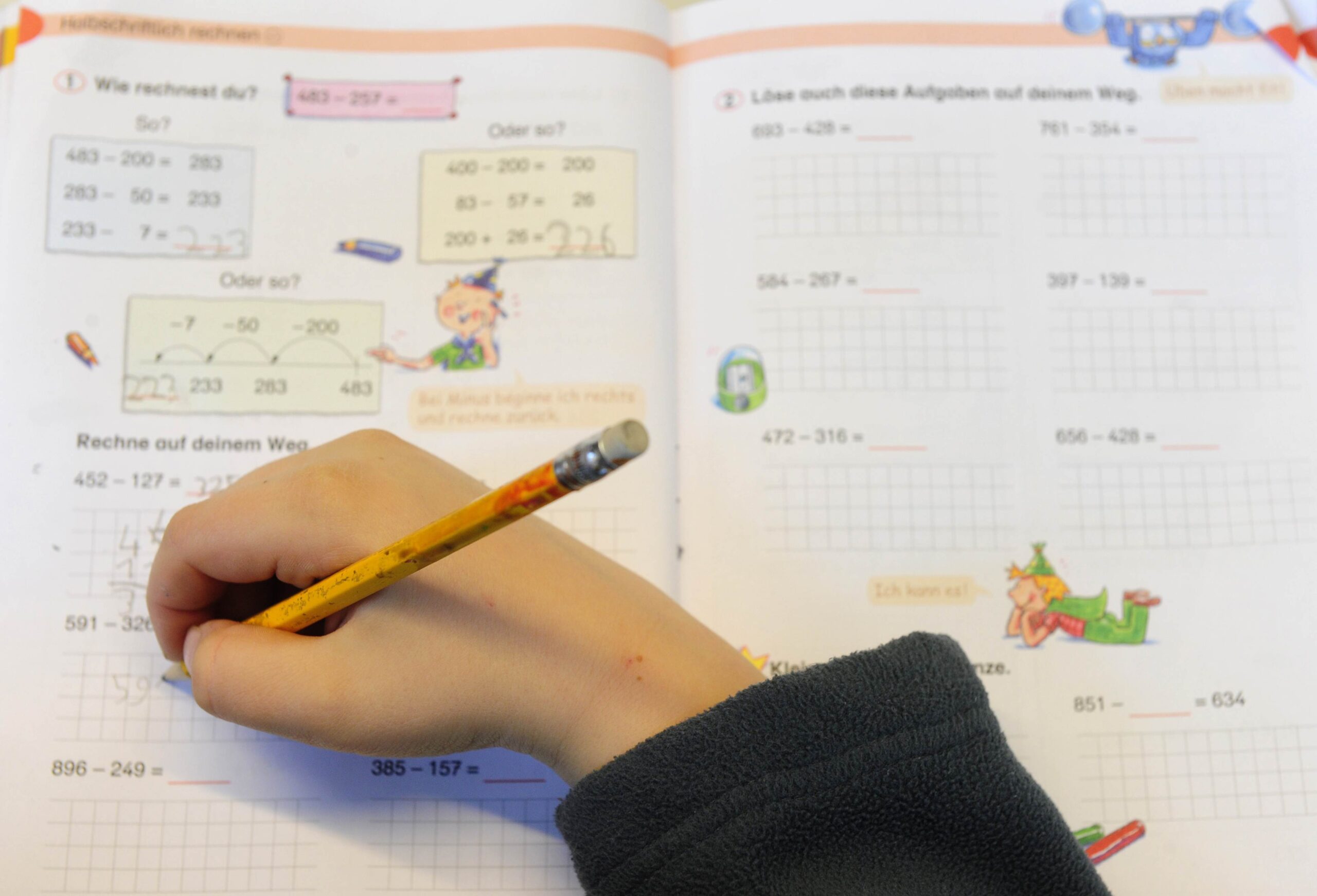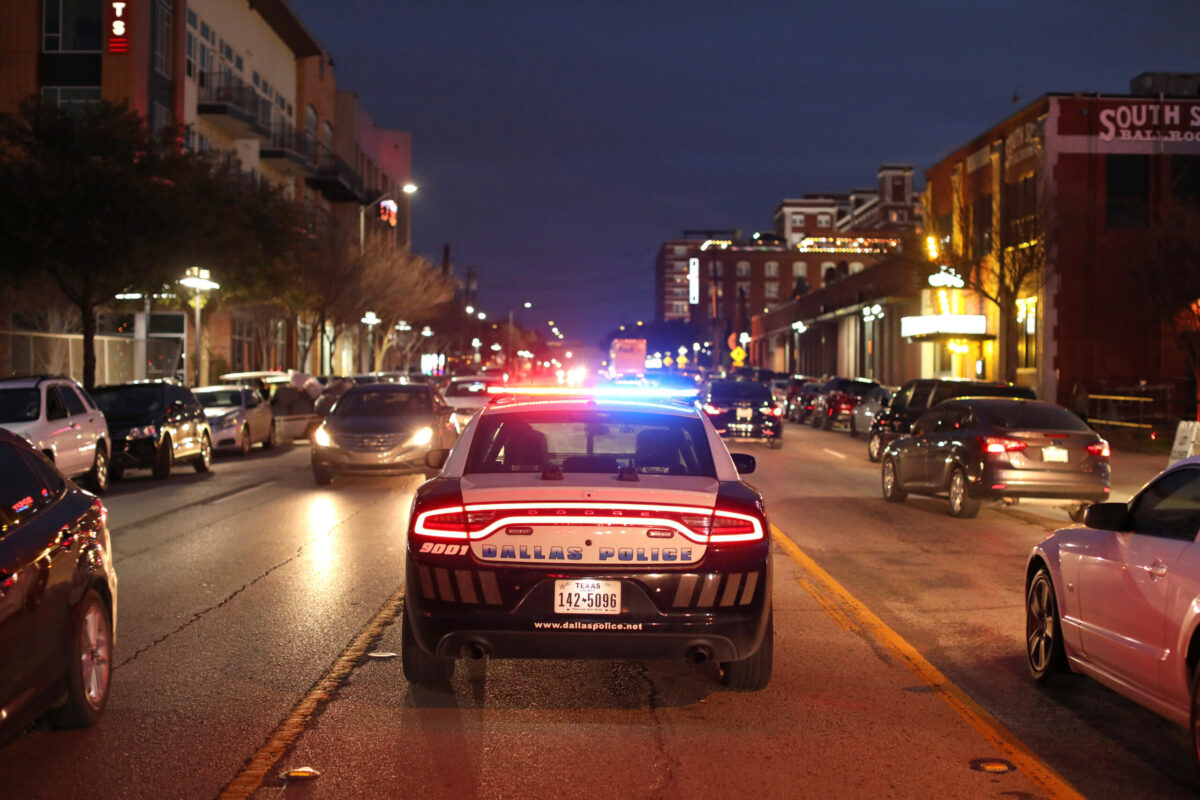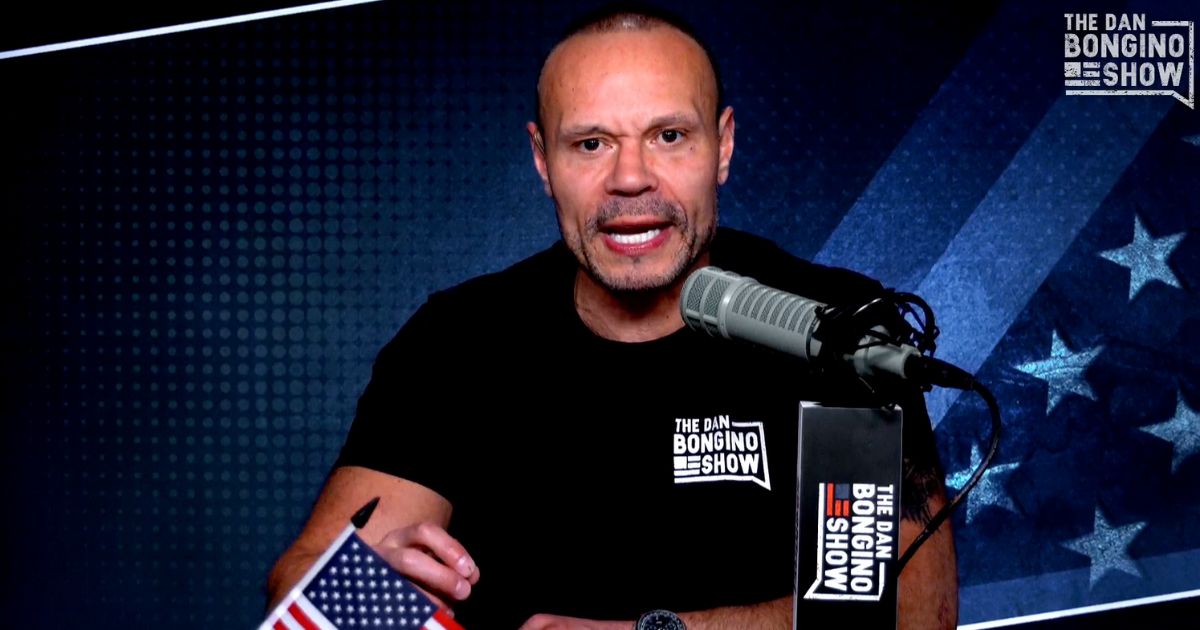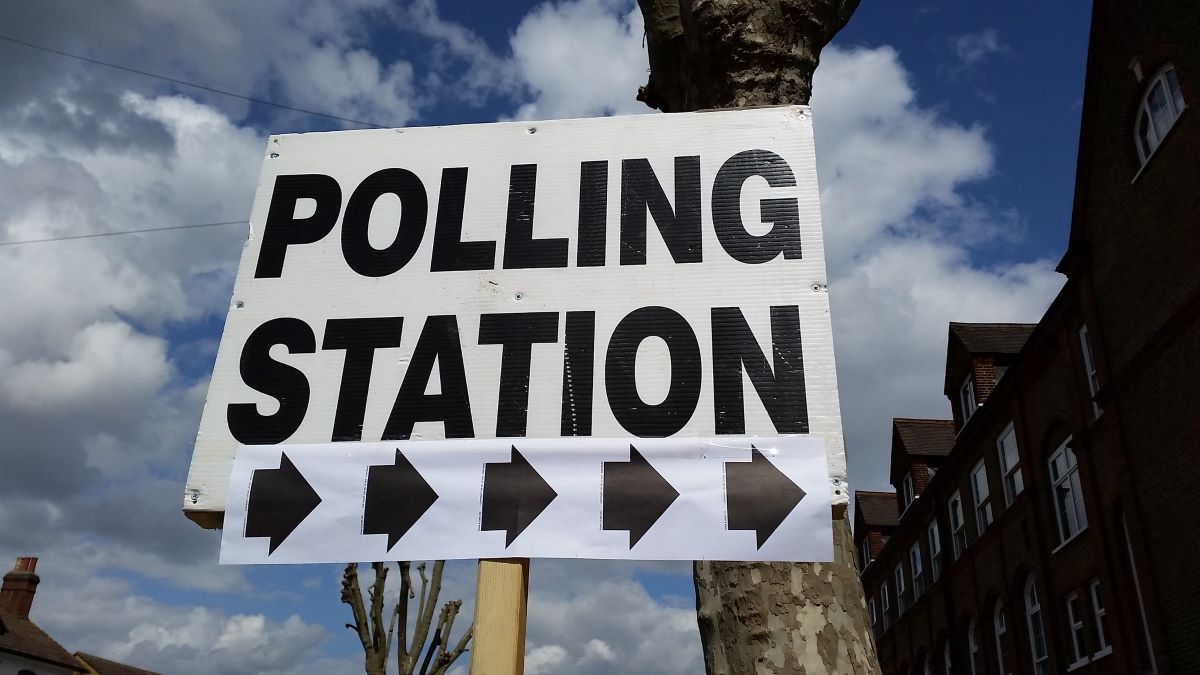Retail Sales Saw Sharp Decline in November
High inflation and anxiety over a looming recession may have weighed down holiday spending in November.
The Commerce Department said retail sales fell by a sharp 0.6 percent in November, following a surge of 1.3 percent in October. The numbers are seasonally adjusted but not adjusted for price changes. On Tuesday, the Department of Labor said consumer prices were up 0.1 percent for the month.
Economists had expected a milder decline of 0.2 percent. In addition to economic anxiety, November sales may have been held back by a shift in shopping to earlier in the fall months that occurred during the pandemic and appears to be persisting in the post-pandemic era.
A measure considered “core retail sales”—which excludes automobiles, gasoline, building materials, and food services, fell 0.2 percent last month. The figure for October was revised to show a 0.5 percent increase instead of 0.7 percent gain previously reported, indicating that sales were slightly softer than expected.
The decline in retail sales cannot be attributed to lower gas prices. Gas station sales fell 0.1 percent as gas prices declined by 0.2 percent. Even excluding gas station sales, retail sales fell by 0.6 percent for the month.
A pullback on buying cars and trucks, however, was a driver of the decline, as sales fell 2.6 percent at auto dealerships. New vehicle prices were flat for the month, the Department of Labor said in a separate report released Wednesday. Excluding motor vehicles and parts, retail sales were down 0.2 percent. Car and truck purchases are frequently financed, making the category more interest-rate sensitive than many other areas of the economy. Housing is regarded as the most interest rate-sensitive sector because mortgage rates play a large role in home buying.
Inflation is changing shopping habits, with consumers forced to spend more on staples and less on discretionary purchases. Sales at grocery stores rose 0.8 percent, likely driven by the 0.5 percent rise in food prices recorded in the consumer price index. Sales at restaurants and bars were up 0.9 percent.
Sales fell by a sharp 2.6 percent at furniture stores and 1.5 percent at electronics and appliance stores. Sales at home improvement stores and garden centers were off by 2.5 percent.
Clothing store sales fell by 0.2 percent although apparel prices were up 0.2 percent after falling for the previous two months. Sporting goods store sales fell 0.6 percent.
Department store sales plunged by a sharp 2.9 percent. General merchandise stores fell by 0.1 percent. Sales at nonstore retailers, which includes Amazon, fell 0.9 percent.
Sales at health and personal care stores were up 0.7 percent.
Despite the bigger-than-expected monthly decline, overall sales are up 6.5 percent compared with November of last year. That largely reflects the 7.1 percent rise in prices. Excluding gas station sales, retail and restaurant sales were up 5.6 percent, which is less than the 6.6 increase in consumer prices excluding energy. This suggests that real sales may be lower than a year ago.
" Conservative News Daily does not always share or support the views and opinions expressed here; they are just those of the writer."






